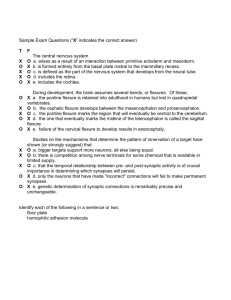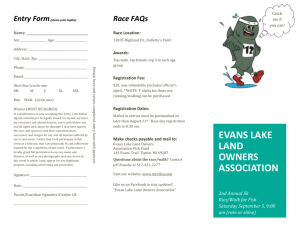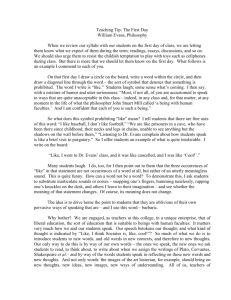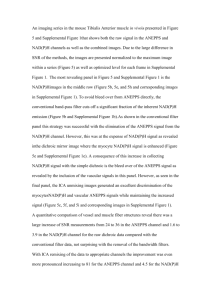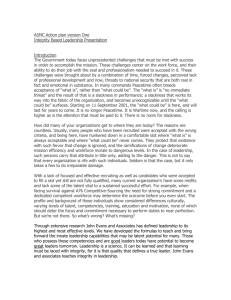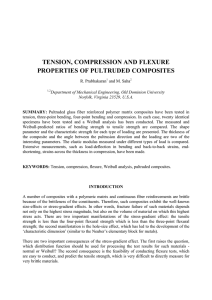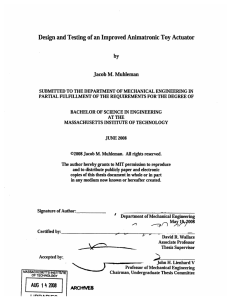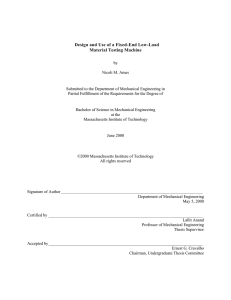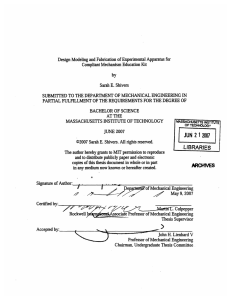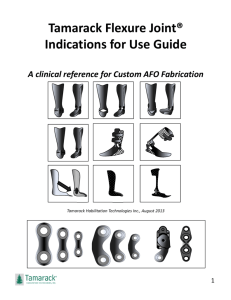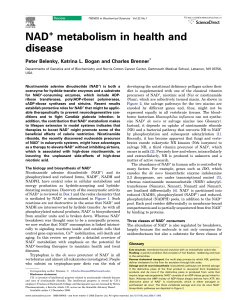menetrey_33985
advertisement
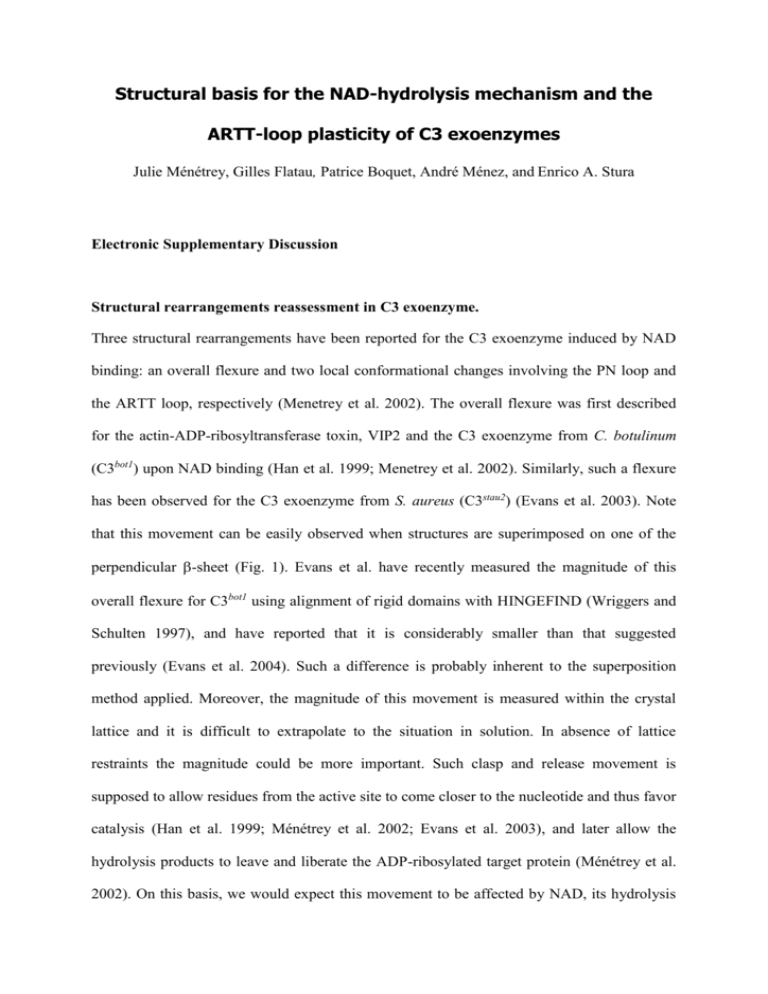
Structural basis for the NAD-hydrolysis mechanism and the ARTT-loop plasticity of C3 exoenzymes Julie Ménétrey, Gilles Flatau, Patrice Boquet, André Ménez, and Enrico A. Stura Electronic Supplementary Discussion Structural rearrangements reassessment in C3 exoenzyme. Three structural rearrangements have been reported for the C3 exoenzyme induced by NAD binding: an overall flexure and two local conformational changes involving the PN loop and the ARTT loop, respectively (Menetrey et al. 2002). The overall flexure was first described for the actin-ADP-ribosyltransferase toxin, VIP2 and the C3 exoenzyme from C. botulinum (C3bot1) upon NAD binding (Han et al. 1999; Menetrey et al. 2002). Similarly, such a flexure has been observed for the C3 exoenzyme from S. aureus (C3stau2) (Evans et al. 2003). Note that this movement can be easily observed when structures are superimposed on one of the perpendicular -sheet (Fig. 1). Evans et al. have recently measured the magnitude of this overall flexure for C3bot1 using alignment of rigid domains with HINGEFIND (Wriggers and Schulten 1997), and have reported that it is considerably smaller than that suggested previously (Evans et al. 2004). Such a difference is probably inherent to the superposition method applied. Moreover, the magnitude of this movement is measured within the crystal lattice and it is difficult to extrapolate to the situation in solution. In absence of lattice restraints the magnitude could be more important. Such clasp and release movement is supposed to allow residues from the active site to come closer to the nucleotide and thus favor catalysis (Han et al. 1999; Ménétrey et al. 2002; Evans et al. 2003), and later allow the hydrolysis products to leave and liberate the ADP-ribosylated target protein (Ménétrey et al. 2002). On this basis, we would expect this movement to be affected by NAD, its hydrolysis products, and the target protein, differently before and after ADP-ribosylation. Thus, it is not surprising to find that the C3 flexure is influenced by protein-protein contacts in the crystal, which could mimick the movements that could take place upon Rho binding and detachment. Our new results show that the presence of NAD is not associated with a defined flexure, but is compatible with preservation of alternating clasp and release conformations. References Evans, H.R., Holloway, D.E., Sutton, J.M., Ayriss, J., Shone, C.C., and Acharya, K.R. 2004. C3 exoenzyme from Clostridium botulinum: structure of a tetragonal crystal form and a reassessment of NAD-induced flexure. Acta Crystallogr D Biol Crystallogr 60: 1502-1505. Evans, H.R., Sutton, J.M., Holloway, D.E., Ayriss, J., Shone, C.C., and Acharya, K.R. 2003. The crystal structure of C3stau2 from Staphylococcus aureus and its complex with NAD. J Biol Chem 278: 45924-45930. Han, S., Craig, J.A., Putnam, C.D., Carozzi, N.B., and Tainer, J.A. 1999. Evolution and mechanism from structures of an ADP-ribosylating toxin and NAD complex. Nat Struct Biol 6: 932-936. Ménétrey, J., Flatau, G., Stura, E.A., Charbonnier, J., Gas, F., Teulon, J., Le Du, M., Boquet, P., and Ménez, A. 2002. NAD binding induces conformational changes in Rho ADPribosylating Clostridium botulinum C3 exoenzyme. J Biol Chem 277: 30950-30957. Wriggers, W., and Schulten, K. 1997. Protein domain movements: detection of rigid domains and visualization of hinges in comparisons of atomic coordinates. Proteins 29: 1-14.
